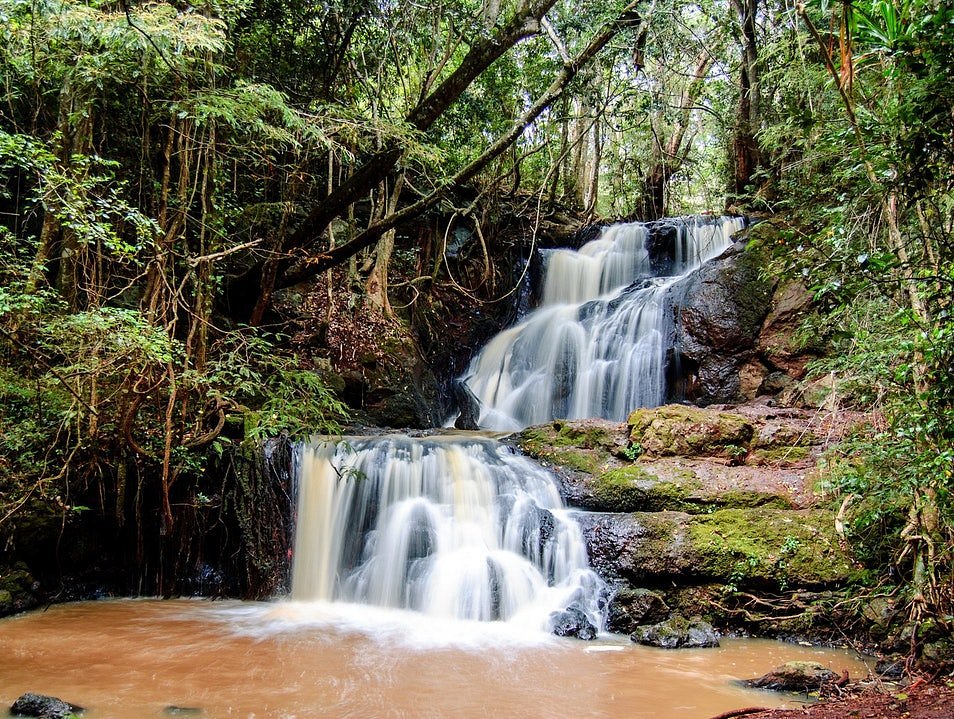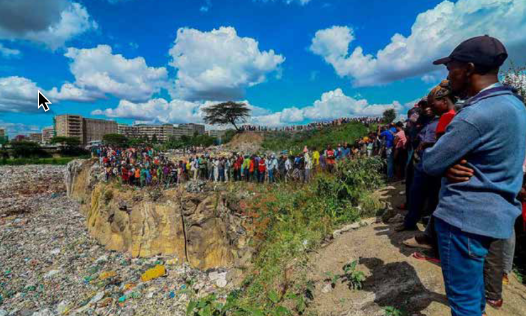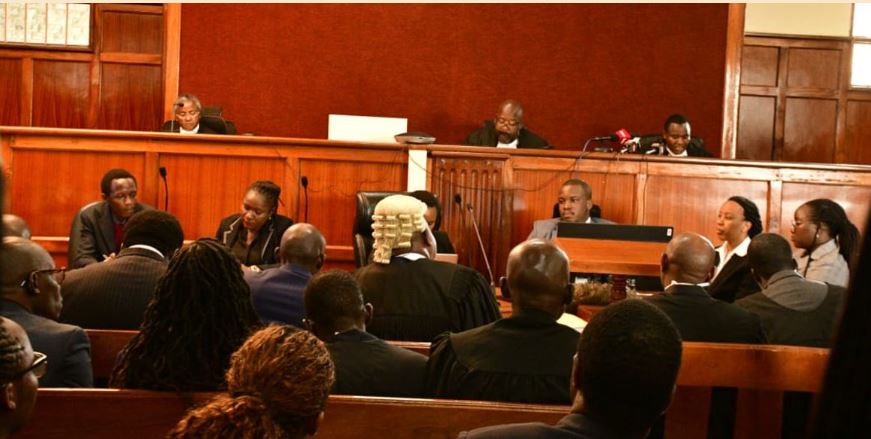Fighting a losing battle: Interrogating why the struggle to preserve green spaces persists despite existing legal protection
by admin on | 2025-10-02 12:02:37 Last Updated by admin on 2025-12-01 19:46:53
Share: Facebook | Twitter | Whatsapp | Linkedin Visits: 284

This article examines historical and sociological reasons why Nairobi’s green spaces continue to be under attack. The paper argues that little progress is being made in the prioritisation of public and green spaces, as there is a major focus on the technical aspect of conservation (law in theory) while ignoring the historical, sociological, and economic reasons why our green and public spaces continue to be attacked. It also brings attention to the exclusionary nature of most green spaces today and what that says about who Kenya prioritises in terms of development. While the law and civil society organisations have taken great steps in the protection of Kenya’s green spaces, a large number of metropolitan residents are often excluded from these spaces due to cost barriers, distance, and encroachment. The hyper-focus on Nairobi and its surrounding metropolitan areas on architectural and infrastructural development constantly excludes the ordinary wananchi due to its hostility and a lack of third spaces set aside for them. Therefore, in the first section, I will briefly explore the history of how Kenyans’ communal land has been encroached upon and exploited for economic reasons, and how this history has influenced our perception of land, which is now considered property to be utilised. The second section will bring out the ways this phenomenon manifests. That is, through spatial inequality and the deprioritisation of green spaces. Finally, this article will interrogate the perceptions we should change and the radical movements that can emerge as a result. Consequently, this article hopes to introduce a multidisciplinary perspective on how we interact with green and public spaces and their conservation.
Introduction
A quick drive through Thika Super Highway on a Sunday afternoon reveals an interesting observation. Citizens, as a way of indulging in their period of leisure, sit on the roundabouts that dot this highway. They are either plaiting hair, conversing, or just resting. The same can be observed along Uthiru or minor routes plied by matatus; people find refuge in the few patches of grass and trees that are accessible to them. This phenomenon points to an underlying issue within our urban areas; the people do not have easily accessible, free green spaces. The lack of decentralised and free green spaces in Nairobi has led to citizens seeking refuge in the only green spaces set aside, our roundabouts. The matter of the disappearance of green and public spaces in Nairobi is not a new topic. Many have complained about the rising fees needed to access forests, the closure of free parks for long periods of time, and the diminishing number of free spaces that Kenyans can access for leisurely purposes. Conversations on social media, journals, and websites have raised warnings on this development, with reports on the encroachment of forests like Karura for architectural developments. This is despite the existence of laws governing the protection of these places and the efforts made by civil society groups to protect these places. This raises the question: should we change our perception of how we interact with these spaces? Additionally, who owns the city, the wealthy or Wanjiku? There is a need to interrogate who is deserving of these spaces and whether they have a claim on their establishment and preservation. Despite these safeguards, forests continue 20th century. Let us first examine Kenya’s roots, so that we can better understand our present state. The disenfranchising of Wanjiku: A historical glance at the devaluation of communal land As historically recognised, many of Kenya’s land issues can be traced to the colonial era. Most communities in pre-colonial Kenya considered land as a communal resource and treated it as such. However, with the colonial period, demarcation and privatisation of land began. Land was seen as a resource to be exploited, not conserved. For example, settler Europeans took up the fertile lands in Central Kenya, and its natives were relegated to reserves and forced to cultivate cash crops for their survival. Post-colonial Kenya brought with it the same problems in a different form. The idea and importance of communal land became a mere mirage with the wealthy and political class perpetuating the same colonial perception towards land. This can be seen in the land that was grabbed and given to those favoured by the ruling presidents, and the ignorance of the claims of ordinary Kenyans who had lost their land to colonial powers. As was stated in the Ndung’u Report, there was found to be widespread abuse of the presidential discretion under the rules of Presidents Kenyatta and Moi, where they made grants to land to individuals without any consideration of the public interest.1 Three characteristic moments demonstrate this change. The first is the Endorois and Ogiek cases, which can be traced to the ignorance of the political class about the importance of communal land to certain communities. Another case was during read more...




